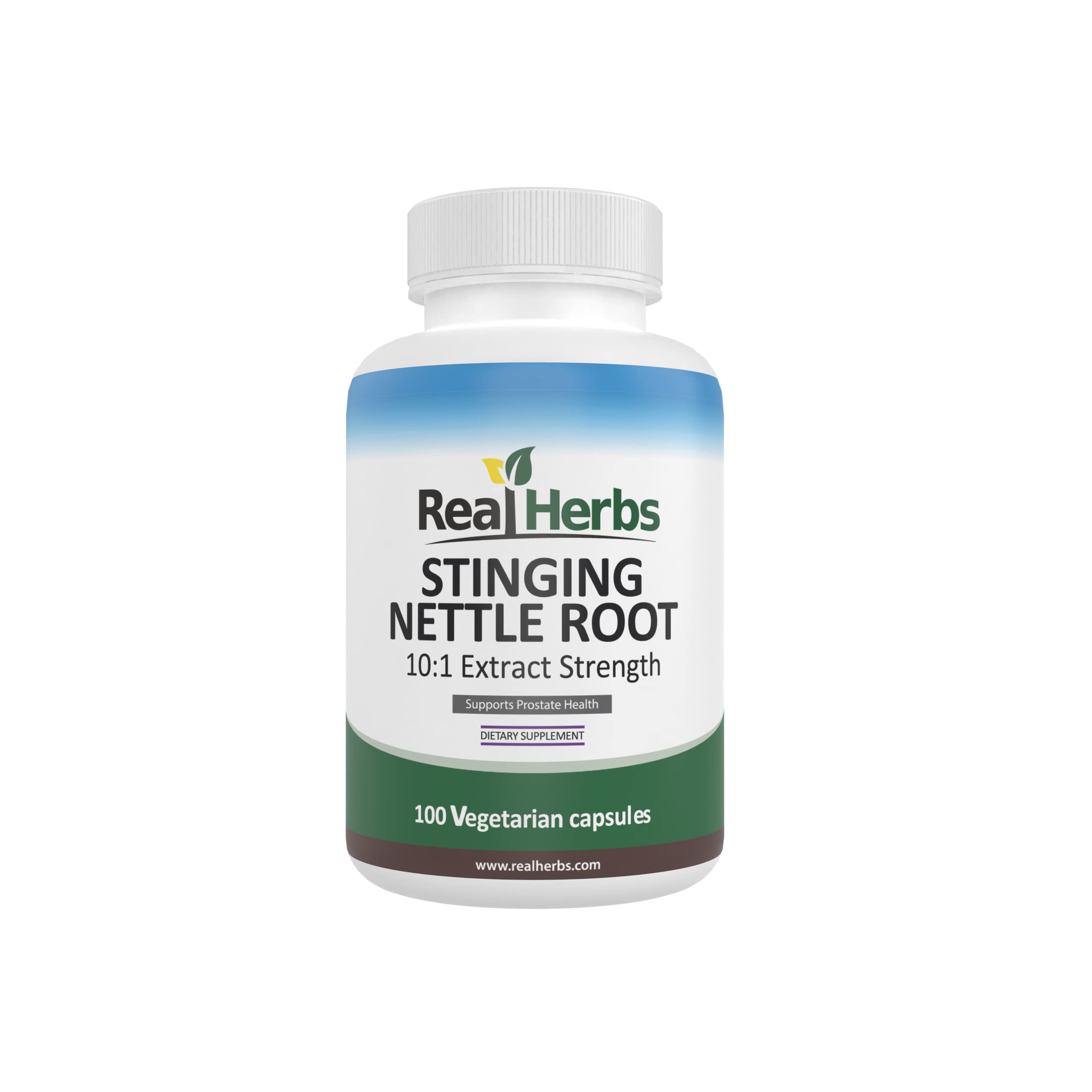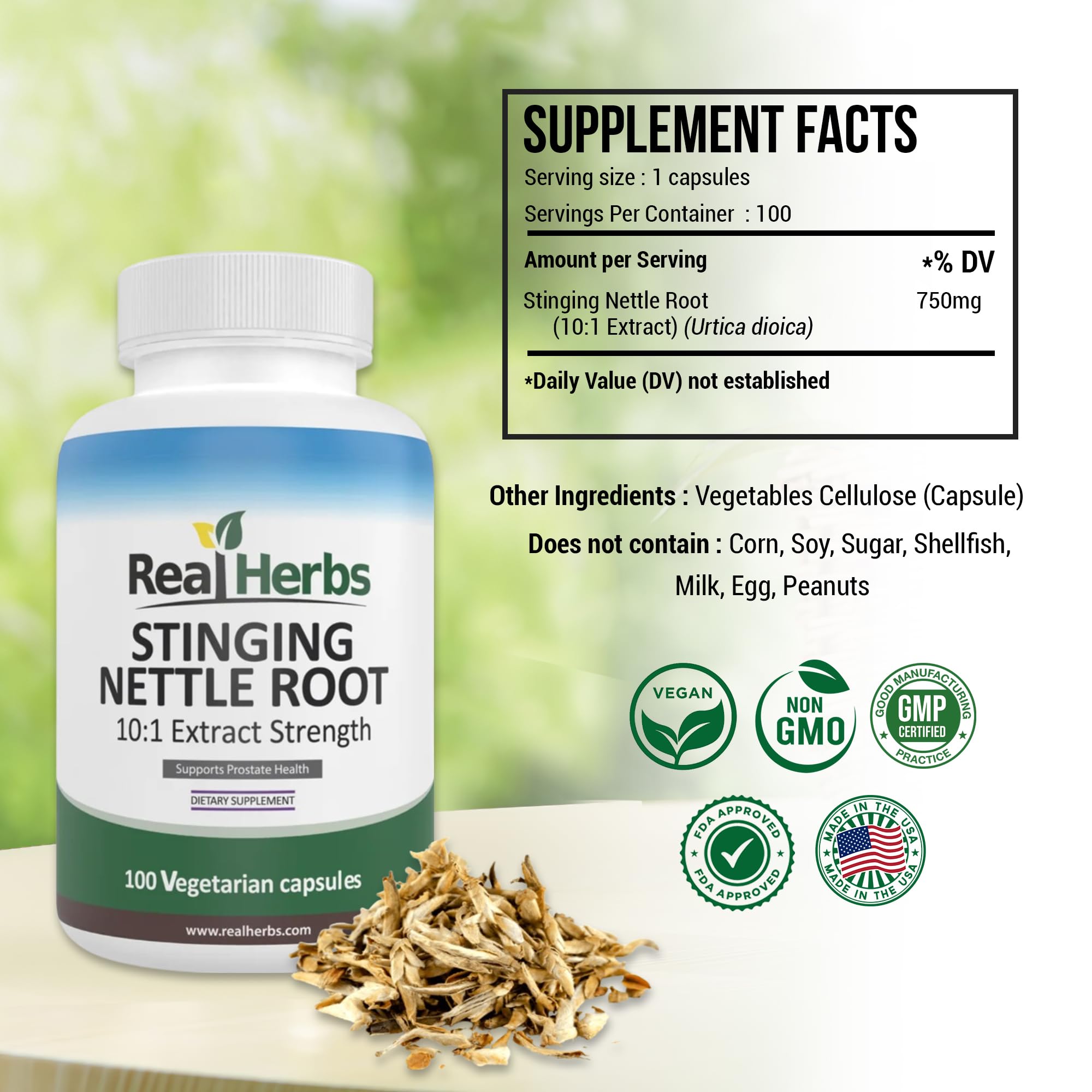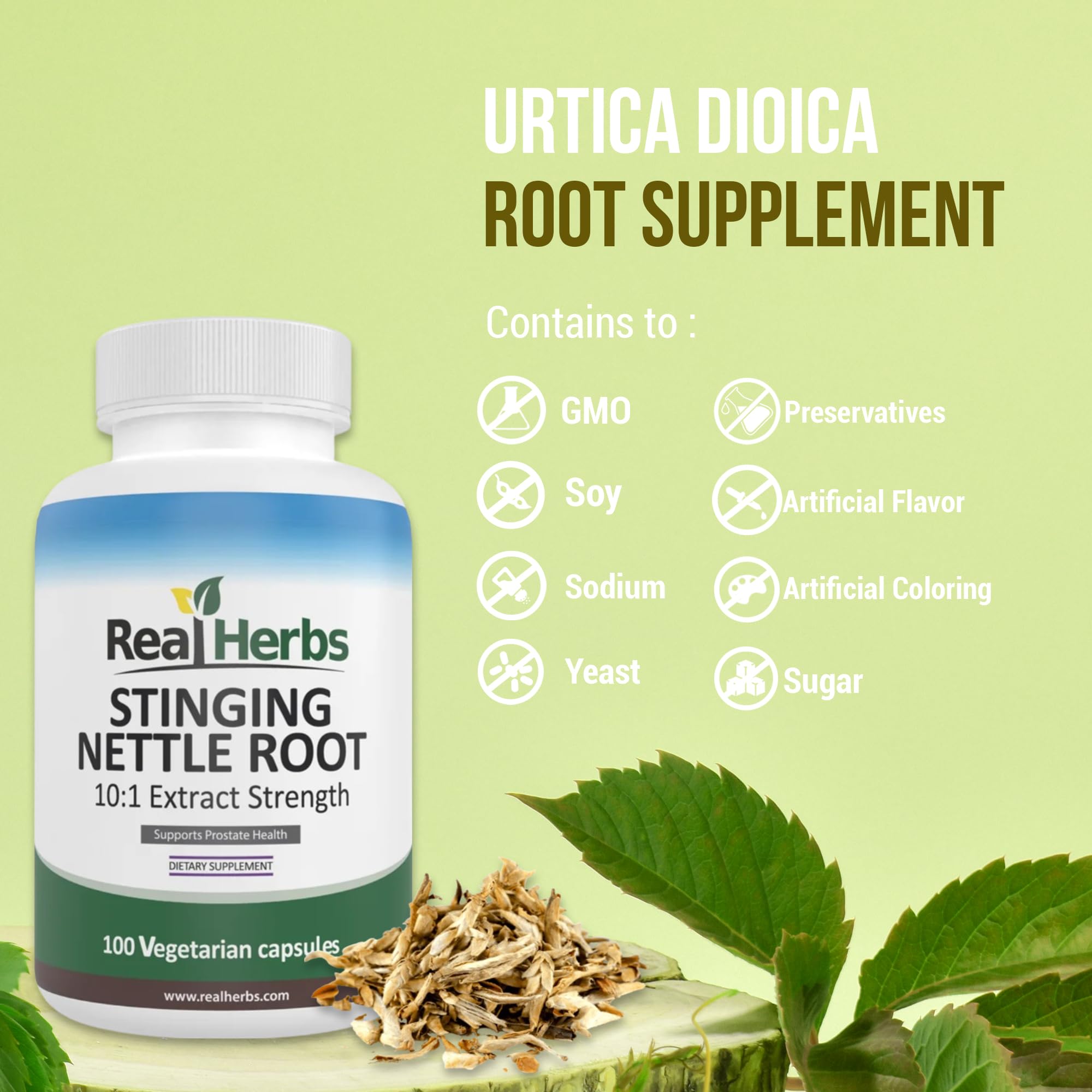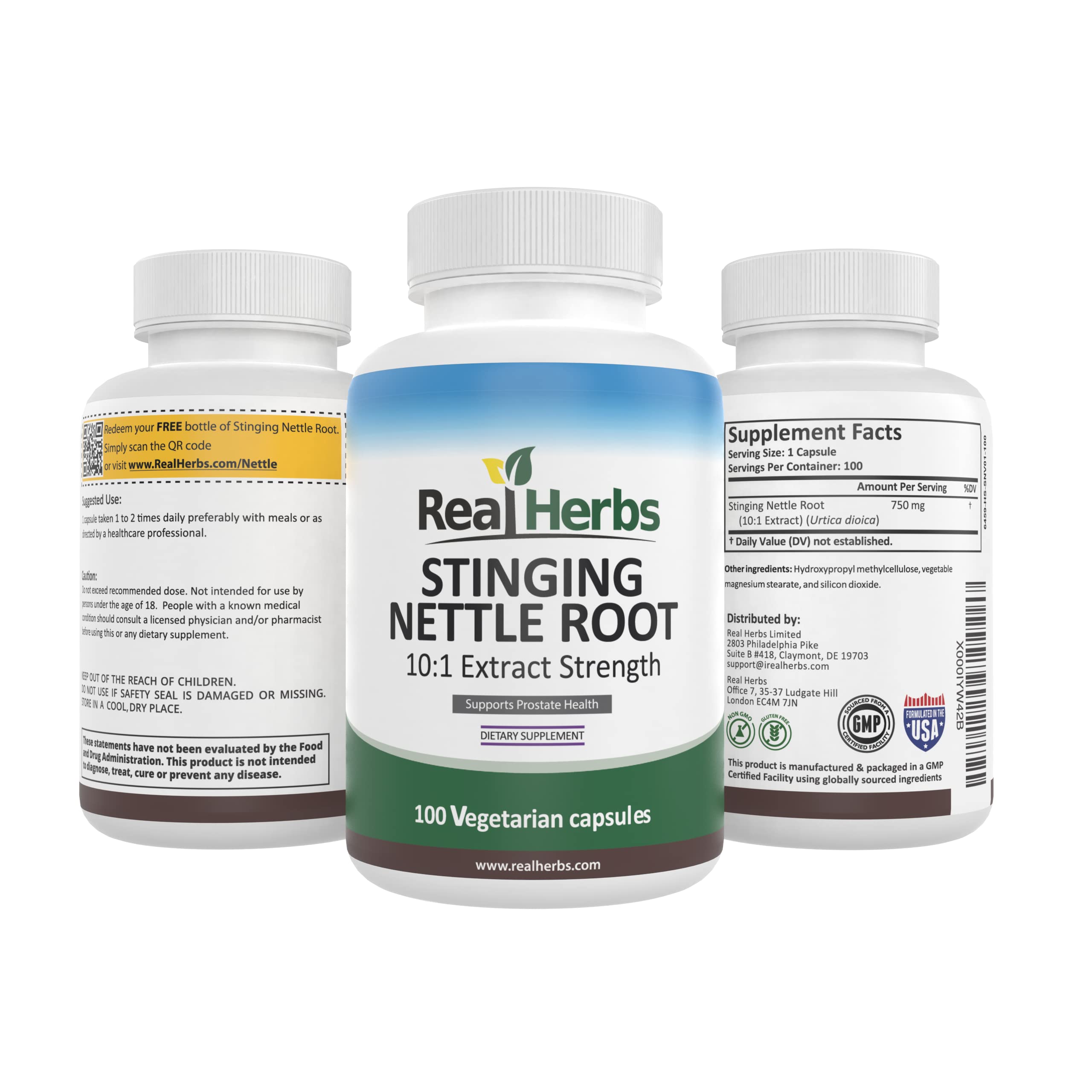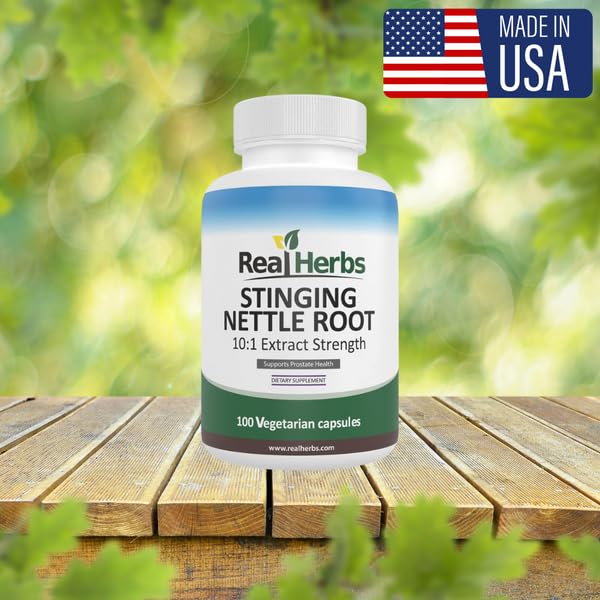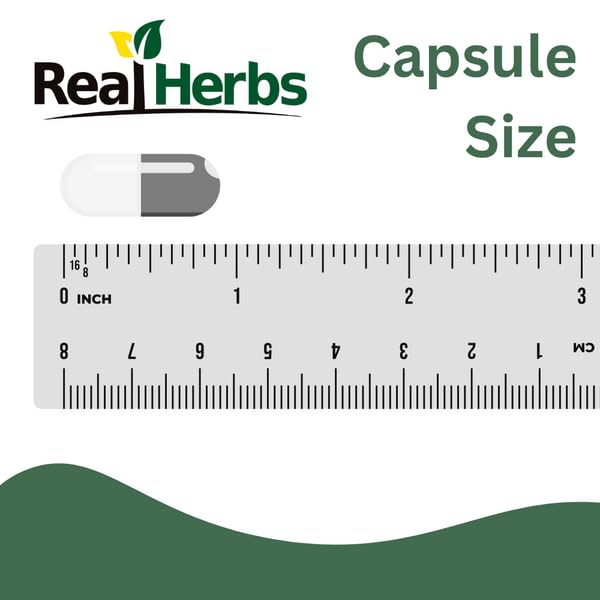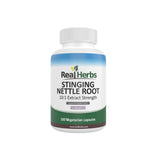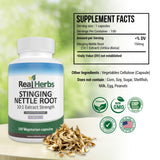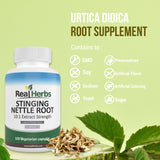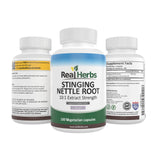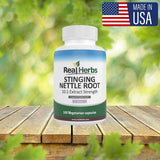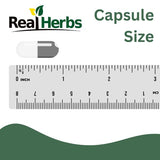Where to Buy Stinging Nettle Leaves?
Introduction
Imagine a plant that, despite its stinging reputation, holds within its leaves a wealth of health benefits waiting to be discovered. This is the story of stinging nettle leaves (scientifically known as Urtica dioica), a herbal remedy with a history steeped in traditional medicine. In this article, we'll explore the remarkable properties of stinging nettle leaves and guide you on where to find them, ensuring you can harness their potential for your well-being.
What are Stinging Nettle Leaves?
Stinging nettle, often encountered as an invasive weed, is a perennial plant native to Europe, Asia, and North America. Its jagged, serrated leaves are infamous for delivering a painful sting when touched, owing to tiny hairs that contain irritating compounds. Yet, beneath this protective exterior lies a treasure trove of nutrients and medicinal qualities.
Health Benefits of Stinging Nettle Leaves
The health benefits of stinging nettle leaves are as diverse as the regions they inhabit. Let's delve into some of the key advantages this plant offers:
-
Anti-Inflammatory Power: Stinging nettle leaves have long been recognized for their potent anti-inflammatory properties. They contain compounds like quercetin and lectins that can help reduce inflammation in the body, potentially aiding conditions like arthritis.
-
Rich in Nutrients: These leaves are a nutritional powerhouse, boasting vitamins (A, C, and K), minerals (calcium, magnesium, and iron), and even protein. Incorporating nettle leaves into your diet can help fortify your body with essential nutrients.
-
Allergy Relief: Surprisingly, stinging nettle leaves may offer relief from seasonal allergies. Some studies suggest that they can help reduce allergic reactions, such as sneezing and runny nose, by inhibiting the release of histamines.
-
Detoxification: Stinging nettle leaves possess diuretic properties, promoting the flushing of toxins from the body. This can aid kidney health and may help prevent urinary tract infections.
-
Hair and Skin Health: Nettle leaf extracts are commonly used in hair and skincare products due to their purported ability to promote hair growth, combat dandruff, and improve skin conditions like acne and eczema.
Where to Buy Stinging Nettle Leaves
Now that you're intrigued by the potential benefits of stinging nettle leaves, let's explore where and how you can acquire them. Whether you're seeking the convenience of pre-packaged products or the adventure of foraging for fresh leaves, we've got you covered. Let's get started.
1. Health Food Stores and Herbal Shops:
One of the most accessible ways to purchase stinging nettle leaves is by visiting your local health food stores or herbal shops. These establishments often stock a variety of herbal remedies and teas, including stinging nettle products. Look for dried nettle leaves packaged in tea bags or loose-leaf form. These are convenient options for making nettle tea or incorporating the leaves into your recipes.
2. Online Retailers:
In today's digital age, the internet provides a vast marketplace for herbal products. Numerous online retailers specialize in selling stinging nettle leaves and related products. When shopping online, be sure to read product descriptions, customer reviews, and check for any certifications, such as organic or fair-trade labels. This ensures you're purchasing a quality product.
3. Farmers' Markets and Local Suppliers:
If you prefer a more personal and local approach, consider visiting farmers' markets or connecting with local herbalists or suppliers. During the growing season, you may find fresh stinging nettle leaves available at these venues. Fresh leaves can be a great addition to your culinary adventures.
4. Foraging:
For the adventurous and nature-loving souls, foraging for stinging nettle leaves can be an exciting option. However, it's crucial to be cautious when foraging, as the plant's stinging hairs can cause skin irritation. Wear gloves and use scissors to harvest the leaves. Ensure you can positively identify stinging nettle to avoid accidentally picking a harmful plant.
How to Identify High-Quality Stinging Nettle Leaves
Finding stinging nettle leaves is only part of the equation; ensuring their quality is equally important. Here are some tips for identifying high-quality nettle leaves:
-
Freshness: Look for leaves that are vibrant green and free from signs of wilting or discoloration. Fresh leaves are more likely to retain their nutritional value.
-
Packaging: If you're purchasing packaged nettle leaves, inspect the packaging for any damage or signs of tampering. Sealed bags or containers help maintain freshness.
-
Certifications: Check for certifications, such as organic or fair-trade labels, which can indicate a higher level of quality and ethical sourcing.
In the next sections, we will explore safety precautions, cooking and preparation methods, and more on stinging nettle leaf supplements.
Safety and Precautions
While stinging nettle leaves offer numerous health benefits, it's important to be aware of potential side effects and take necessary precautions when using them. Here are some safety guidelines to consider:
-
Consult a Healthcare Professional: Before incorporating stinging nettle leaves into your health regimen, especially in supplement form, consult with a healthcare professional, especially if you have underlying medical conditions or are taking medications.
-
Allergies: Some individuals may be sensitive or allergic to stinging nettle leaves. If you are prone to allergies, start with a small amount to see if you have any adverse reactions.
-
Skin Protection: When handling fresh nettle leaves or foraging, wear gloves and protective clothing to prevent skin irritation from the plant's stinging hairs.
-
Avoid During Pregnancy: Pregnant women should avoid stinging nettle due to its potential uterine-stimulating effects.
-
Medication Interactions: Stinging nettle may interact with certain medications, including blood thinners and diabetes medications. Discuss any potential interactions with your healthcare provider.
By following these precautions, you can safely enjoy the benefits of stinging nettle leaves without undue risk.
Cooking and Preparation
Now that you've acquired stinging nettle leaves, it's time to explore how to incorporate them into your diet. Here are some simple cooking and preparation methods:
-
Nettle Tea: One of the easiest ways to enjoy the benefits of stinging nettle leaves is by making nettle tea. Simply steep dried nettle leaves in hot water for a soothing and nutritious beverage. You can add honey or lemon for flavor.
-
Soup and Stews: Fresh or dried nettle leaves can be added to soups, stews, and broths for added nutrition and a subtle, earthy flavor.
-
Sauteed Greens: Similar to spinach or kale, stinging nettle leaves can be sautéed with garlic and olive oil as a delicious side dish.
-
Smoothies: Add a handful of fresh or dried nettle leaves to your morning smoothie for an extra boost of nutrients.
-
Nettle Pesto: Get creative in the kitchen by making nettle pesto with garlic, pine nuts, Parmesan cheese, and olive oil. Spread it on bread or toss it with pasta for a unique dish.
Conclusion
In the journey to uncover the hidden gems of nature's pharmacy, we've explored the fascinating world of stinging nettle leaves. Despite their notorious reputation for delivering a painful sting, these humble leaves offer a wealth of health benefits that are well worth discovering.

